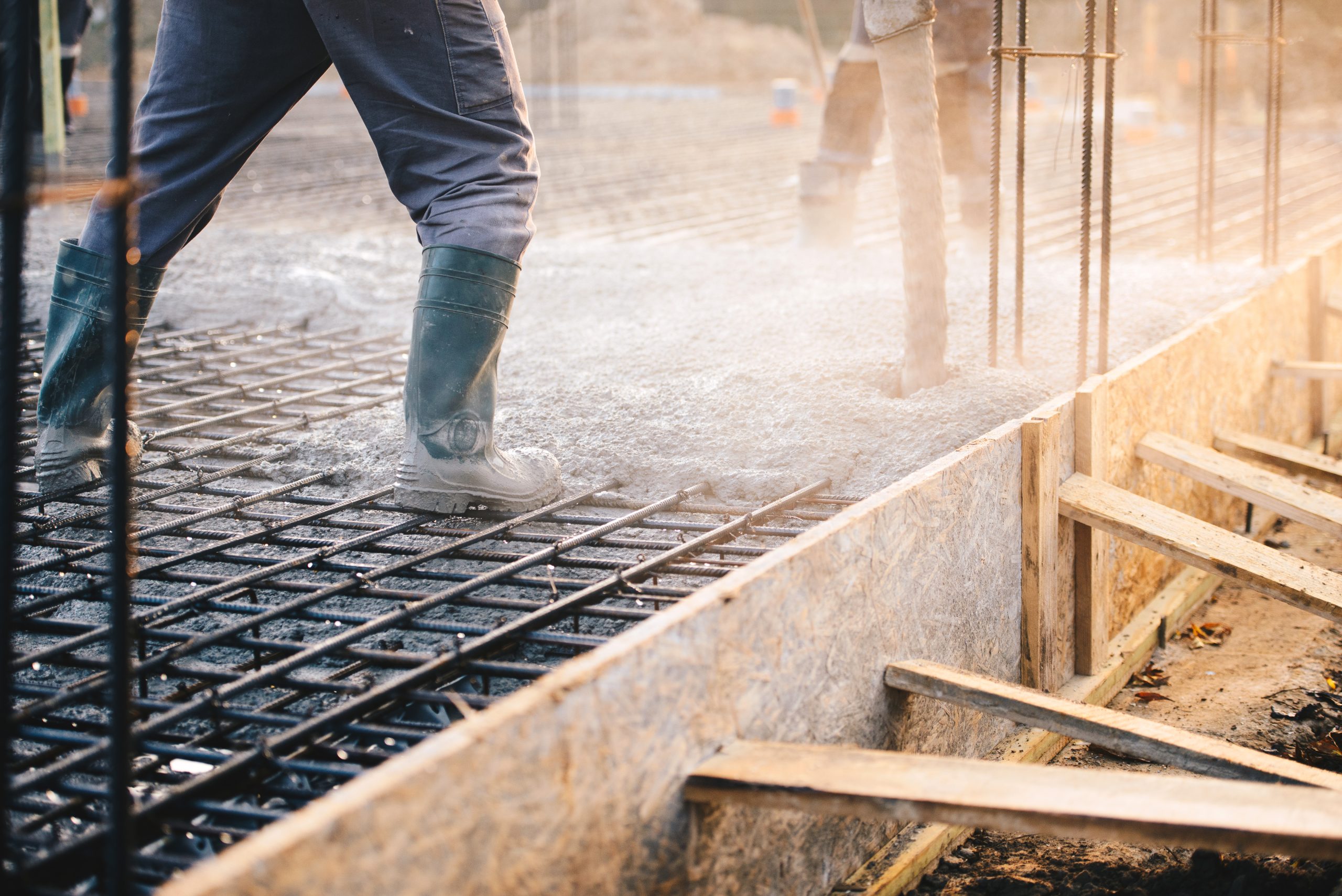Polycarboxylic acid water reducer for concrete
High performance plasticizerproduct 330
- Solid content40%
- Place of OriginChina
- StandardsEU, USA, CN
- Price$1100/T
Detailed product parameters
1. Core Performance Advantages
- High Water-Reducing Capacity
- Water reduction rate: 25–45% (vs. 15–25% for traditional naphthalene-based superplasticizers).
- Enables ultra-low water-to-binder (W/B) ratios (e.g., ≤0.30), facilitating C60–C100 high-strength concrete (e.g., columns in Shanghai Tower).
- Excellent Slump Retention
- Slump loss: <30 mm within 1 hour (vs. >50 mm for naphthalene-based types).
- Ideal for long-distance transportation (e.g., ready-mix trucks with 50 km delivery radius) and large-scale projects (e.g., Hong Kong-Zhuhai-Macao Bridge, 4-hour workability retention).
- Environmental Friendliness
- Formaldehyde-free, low chloride/alkali content (<0.2%), compliant with LEED green building standards.
- Reduces CO₂ emissions by 30–50 kg/m³ through cement reduction (15–30% less cement usage).
- Broad Compatibility
- Works synergistically with supplementary cementitious materials (SCMs) like fly ash (40%+), slag, and silica fume.
- Adaptable to diverse climates (stable performance at 5–35°C) via molecular structure tuning.
2. Mechanism of Action
- Molecular Design
- Main chain: Polycarboxylic acid backbone (e.g., polyacrylic acid) anchors to cement particles via -COOH/-SO₃H groups.
- Side chains: Polyethylene glycol (PEG) chains create steric hindrance, preventing particle flocculation.
- Electrostatic repulsion: Negative charges on the backbone enhance particle dispersion (dual “steric-electronic” dispersion mechanism).
- Dynamic Responsiveness
- Controlled release: Ester/amide linkages hydrolyze in alkaline environments, enabling sustained dispersion.
- Temperature sensitivity: Thermoresponsive side chains (e.g., PNIPAM) adjust conformation to mitigate slump loss in high-temperature conditions.
3. Enhanced Concrete Durability
- Impermeability
- Porosity reduced by >50%, achieving P12–P20 impermeability grades (vs. P6–P8 for conventional concrete), critical for underground structures (e.g., subways).
- Freeze-Thaw Resistance
- Air-entraining PCEs stabilize 3–5% micro-air bubbles, achieving >300 freeze-thaw cycles (meeting ASTM C666 Grade F300), used in cold regions (e.g., Qinghai-Tibet Railway).
- Chemical Resistance
- Dense microstructure inhibits chloride/sulfate penetration, reducing chloride diffusion coefficients to 1×10⁻¹² m²/s (vs. 5×10⁻¹² m²/s for ordinary concrete), extending service life in marine environments (e.g., offshore bridge piles).
4. Challenges and Mitigation Strategies
| Challenge | Cause | Solution |
|---|---|---|
| Reduced efficiency with clay-contaminated aggregates (>3% clay) | Clay adsorption deactivates PCE molecules | Use clay-tolerant PCEs or add anti-clay agents (e.g., cationic polymers). |
| Rapid slump loss in high temperatures (>35°C) | Side-chain collapse under thermal stress | Employ thermoresponsive PCEs or delayed-release additives (e.g., gluconate). |
| Unstable air entrainment | Competitive adsorption with air-entraining agents | Optimize PCE polarity or use nonionic defoamers (e.g., polyether-based). |
RELATED PRODUCTS
Switch more- VIEW
concrete air entraining agent AE369
Air entrainment agent for concrete
- VIEW
Concrete viscosity modification agent VMA420
Concrete viscosity modifiers improve the workability of concrete
- VIEW
Concrete pulping agent SE5800
The concrete slurry lifting agent improves the fullness of the slurry


The concrete and cement hydrochemical control preparation can delay or accelerate the cement setting VIEWConcrete hydration control preparations
The concrete and cement hydrochemical control preparation can delay or accelerate the cement setting
loading…
No more to see
 Fan Qi Technology Co., LTD
Fan Qi Technology Co., LTD
